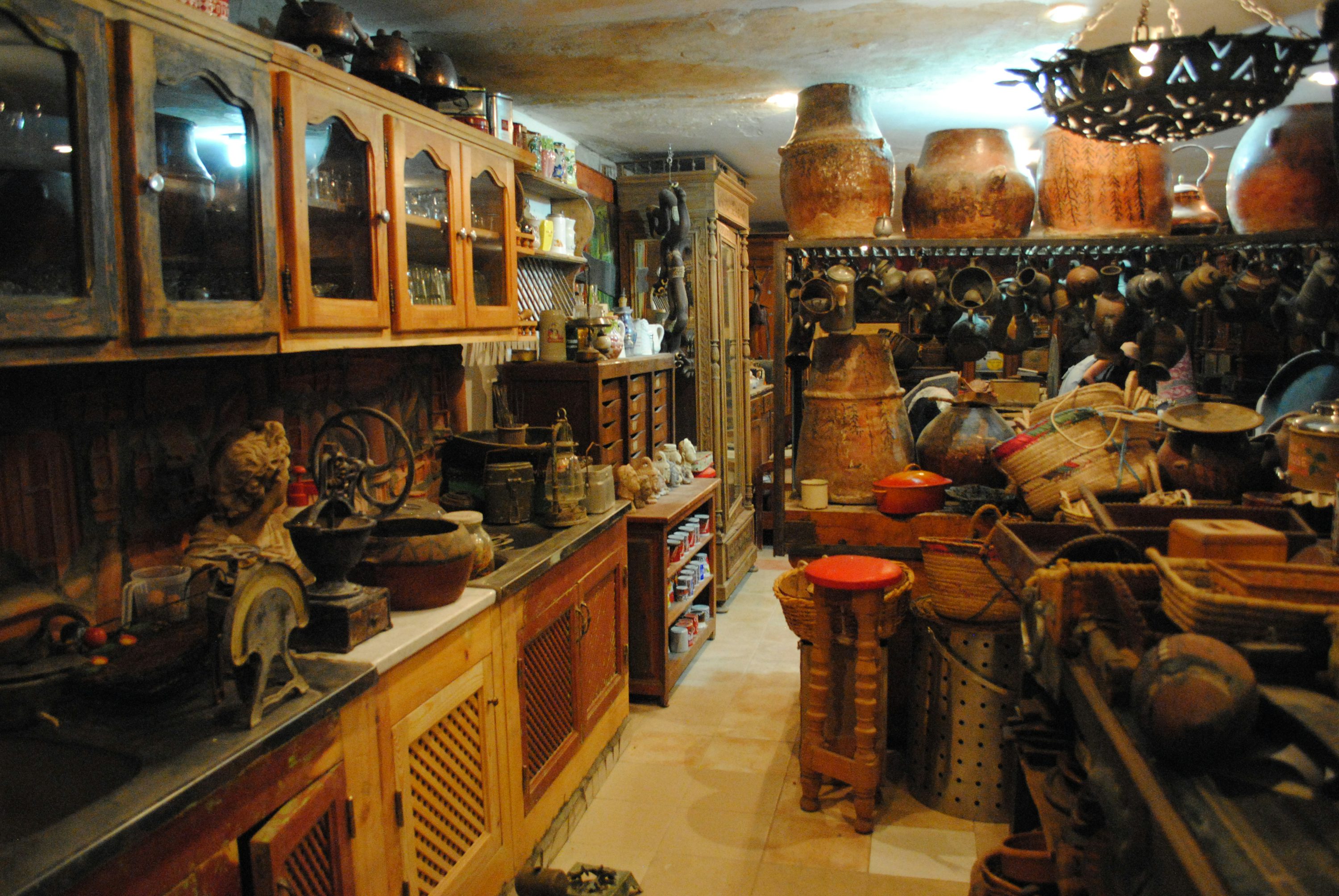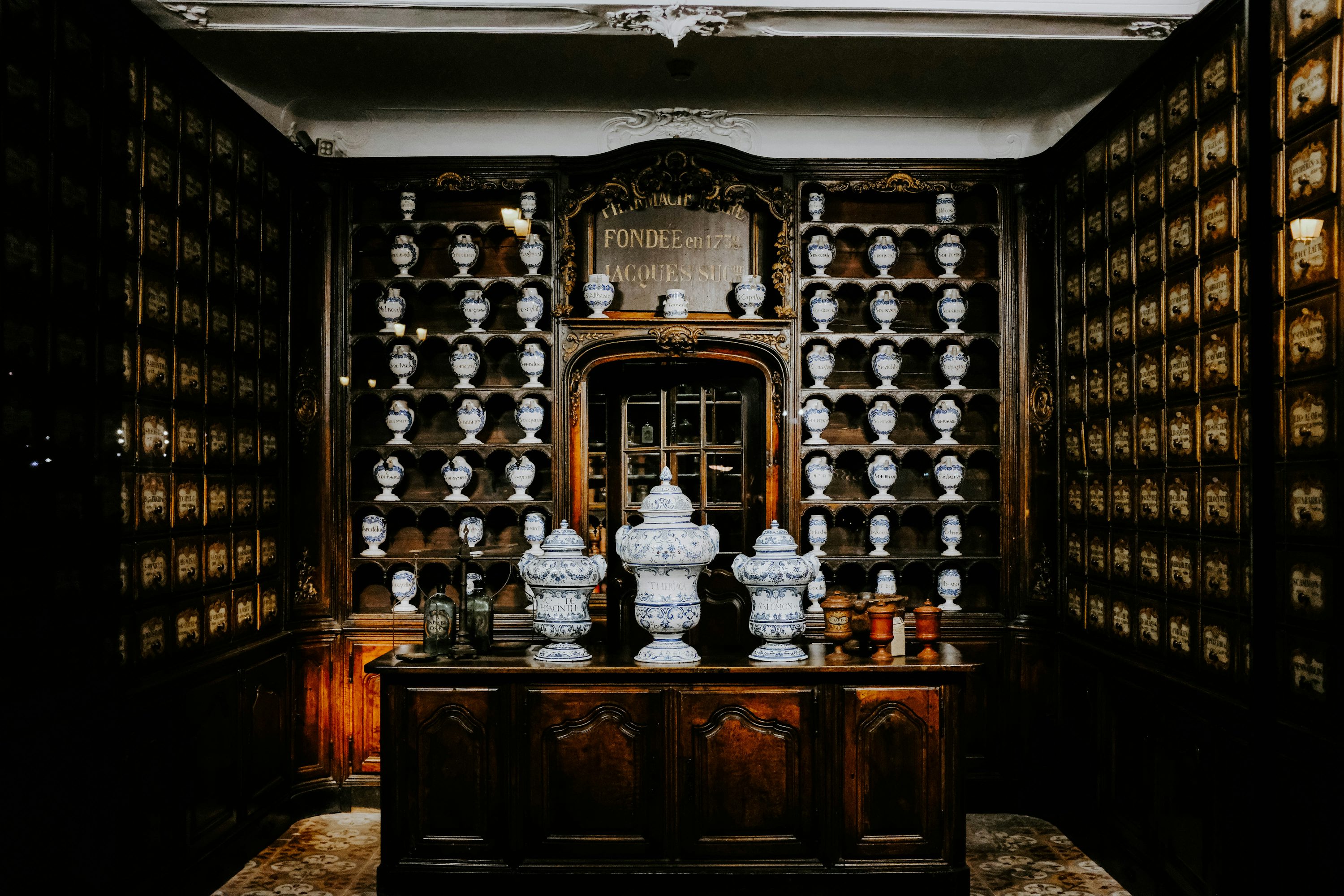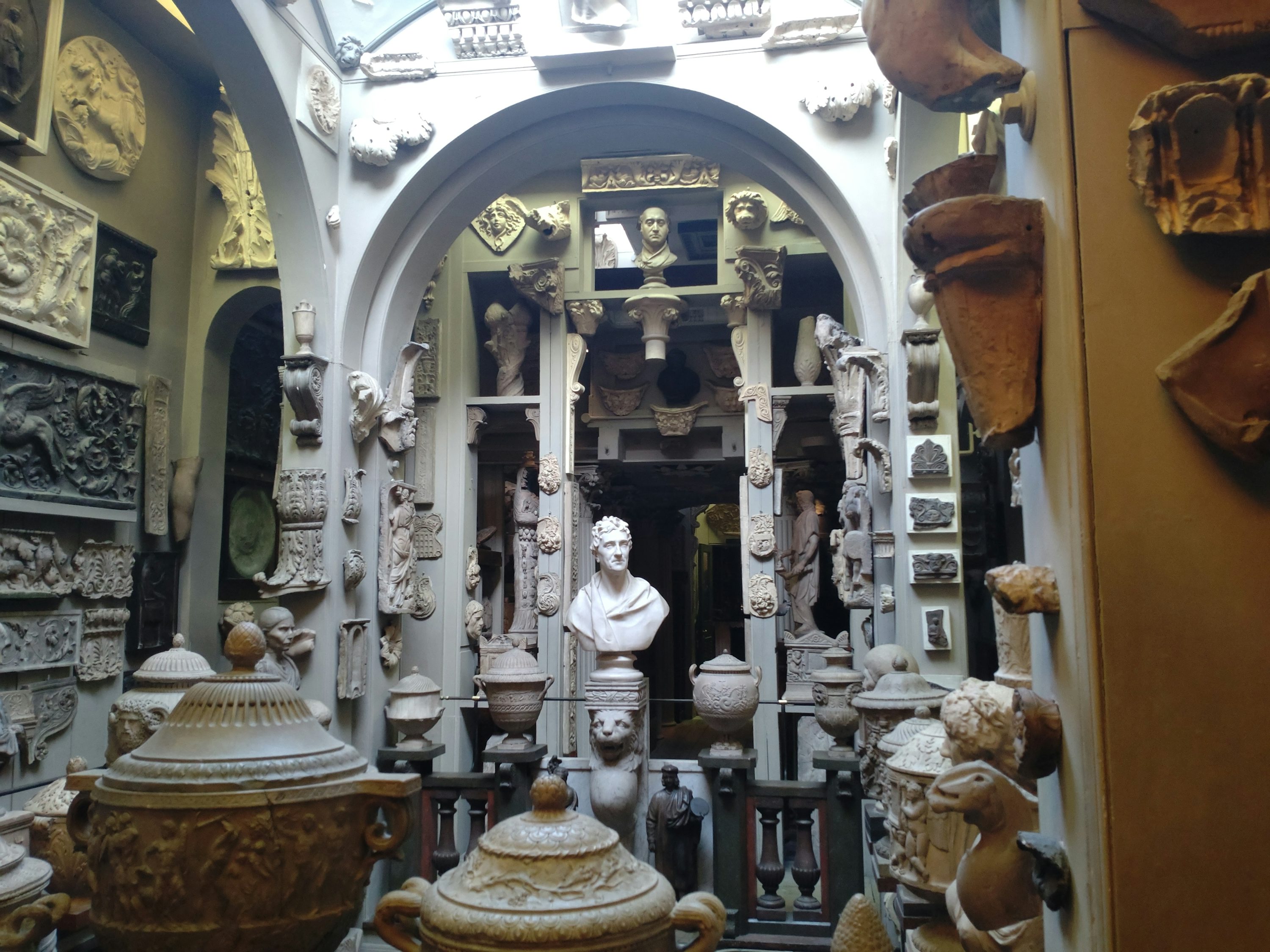In the blending zone of art and investment, the financialization of niche antiques is quietly rising, setting off a different market wave. Those rare and niche antiques that were once shelved and only enjoyed by a few collectors are gradually becoming the emerging darlings in the financial market, attracting the attention of many investors and triggering in-depth thinking on the balance between cultural heritage and commercial profit.

From the ancient manuscripts of medieval Europe to the mysterious amulets of ancient Egypt, from the primitive totem carvings of American Indian tribes to the traditional masks of African tribes, these antiques bearing the unique history and culture of different regions have accumulated endless charm in the long river of years. Their number is extremely rare, and each piece is unique because of its unique historical background, craftsmanship and cultural connotation. This scarcity has laid an important foundation for financialization.
In the financial market, the financial operation of minority antiques presents a unique model. On the one hand, professional appraisal institutions and expert teams have become the key pillars in this field. They rely on profound academic research, rigorous field trips and keen market insight to accurately identify and evaluate the value of each niche antique, ensuring that it has reliable identity authentication and value endorsement when entering the market. On the other hand, auction houses, galleries and various art trading platforms play an important intermediary role. Their well-planned auctions, exhibitions and trading activities not only set up a stage for the exhibition and circulation of minority antiques, but also attracted collectors, investors and cultural enthusiasts from all over the world to participate in them through careful promotion and market operation, which made the market activity of minority antiques continuously improve.

With the in-depth development of minority antiques financialization, its market participants are increasingly diversified. In addition to the traditional collectors, more and more financial institutions, investment funds and high-end private investors have set foot in this field. They value the advantages of anti-inflation, risk dispersion and long-term value-added potential of niche antiques as alternative investment products, and bring them into the investment portfolio in order to share the unique charm of ancient civilization while obtaining economic returns.
However, the road to financialization of niche antiques is not smooth sailing. The high cost of identification and the complicated process of distinguishing authenticity make the market have certain risks and uncertainties. In addition, excessive financial speculation may lead to high antique prices, which are divorced from their own cultural and historical values, thus affecting the healthy development of the market and the purity of cultural inheritance. Therefore, it is very important to establish a sound industry regulation and supervision mechanism to guide the financialization of minority antiques to the road of standardization and sustainable development.

In this field full of opportunities and challenges, the financialization of niche antiques is like a double-edged sword. While bringing rich returns to investors and injecting commercial vitality into the cultural industry, it also shoulders the important mission of inheriting the memory of human civilization and protecting cultural diversity. How to balance commercial interests and cultural heritage on this road, so that ancient treasures can bloom gorgeous and lasting brilliance in the modern financial market, is an important topic we face together, and it is also worthy of in-depth exploration and thinking by every market participant, cultural researcher and enthusiast.







